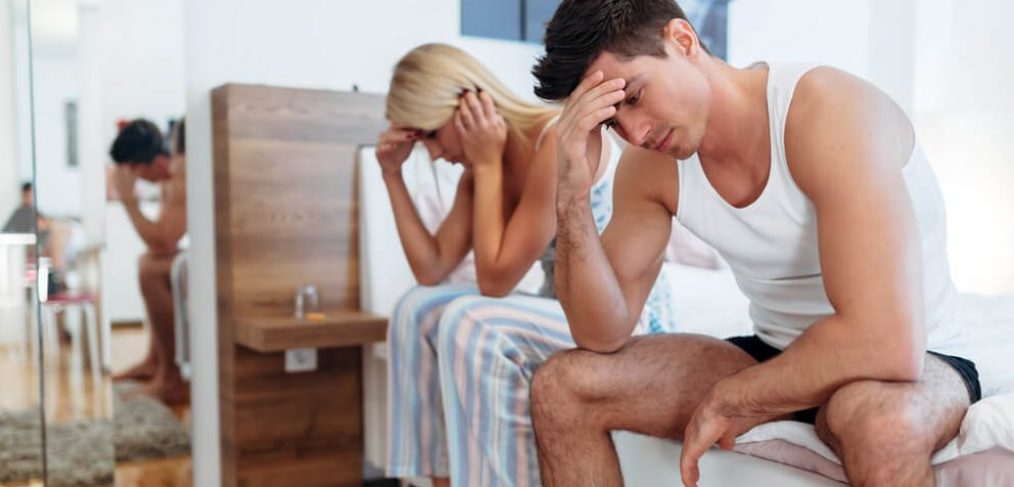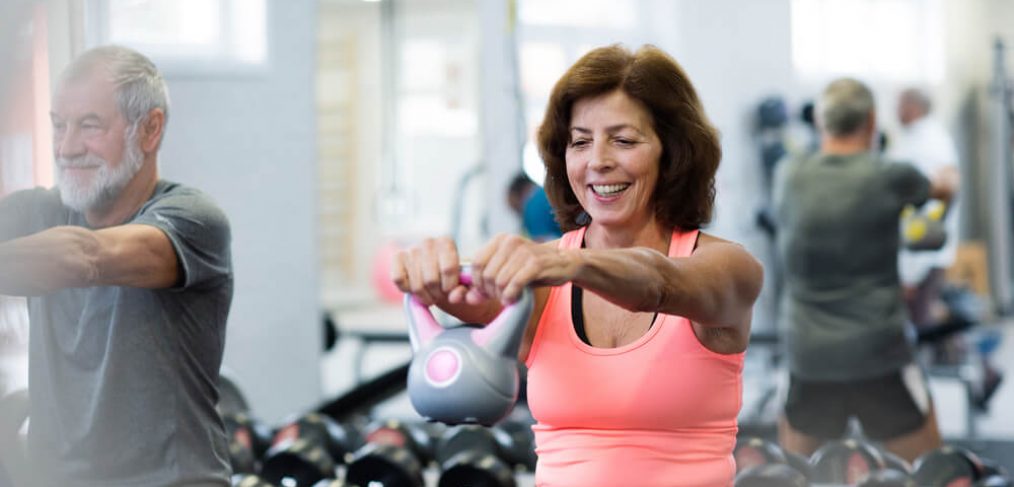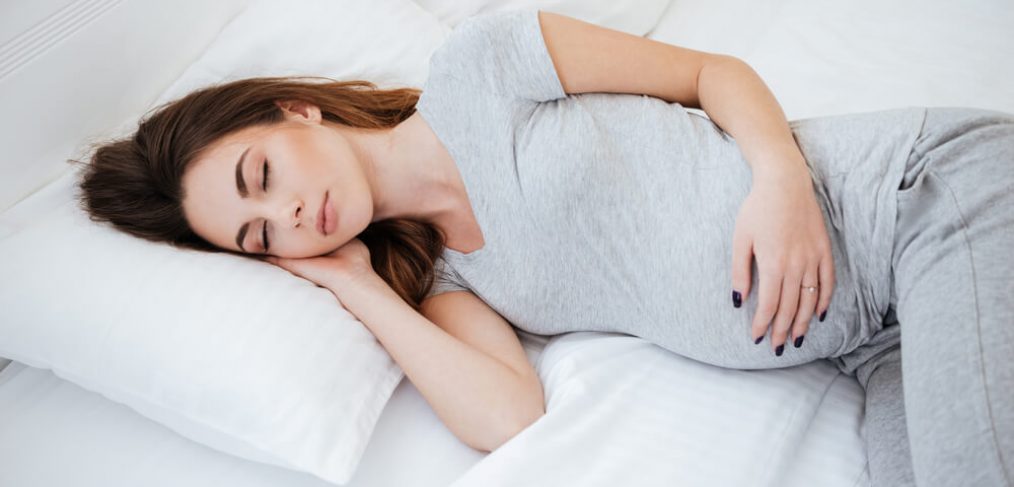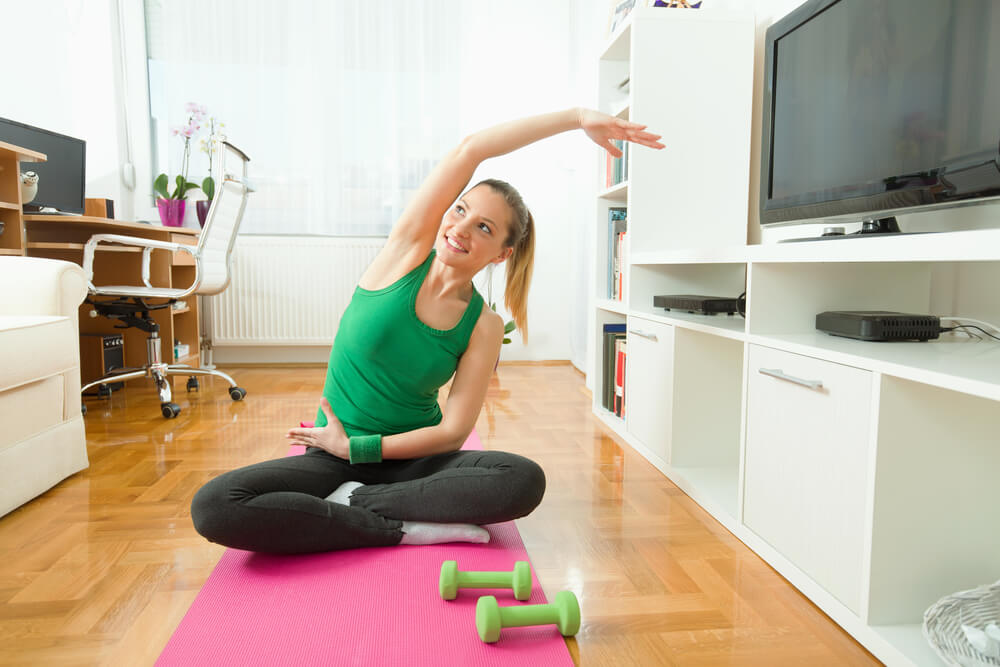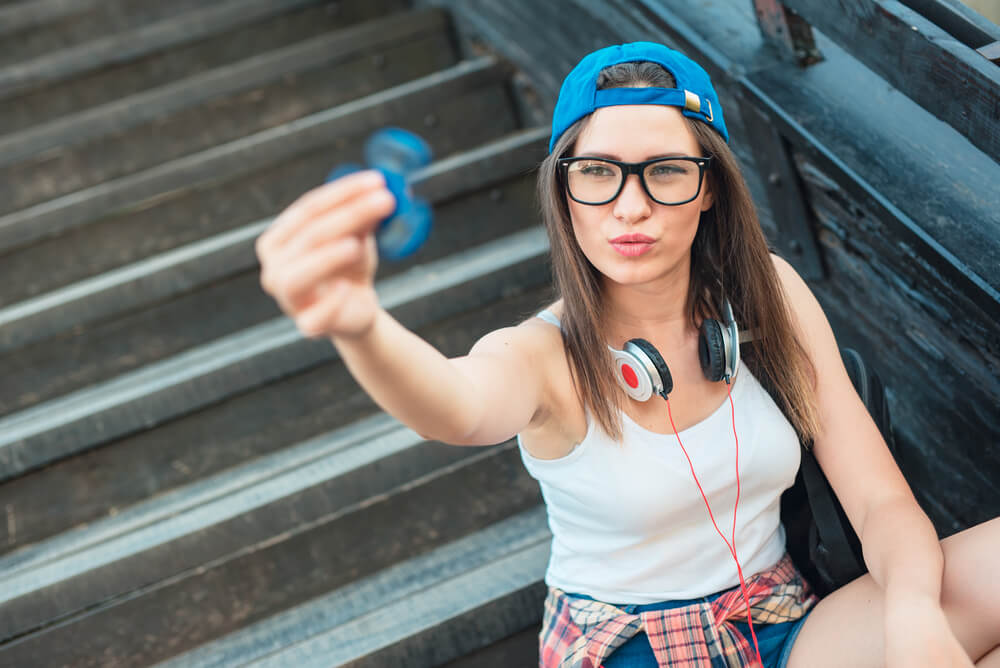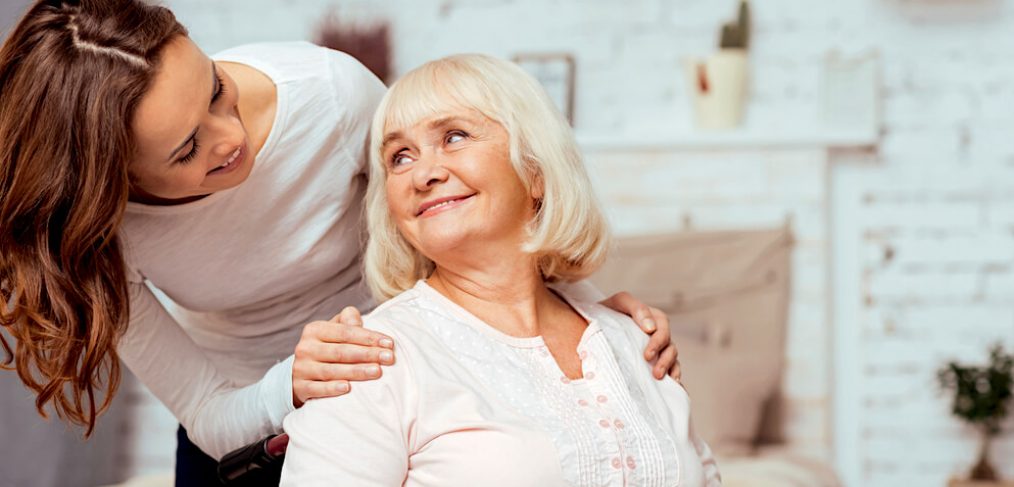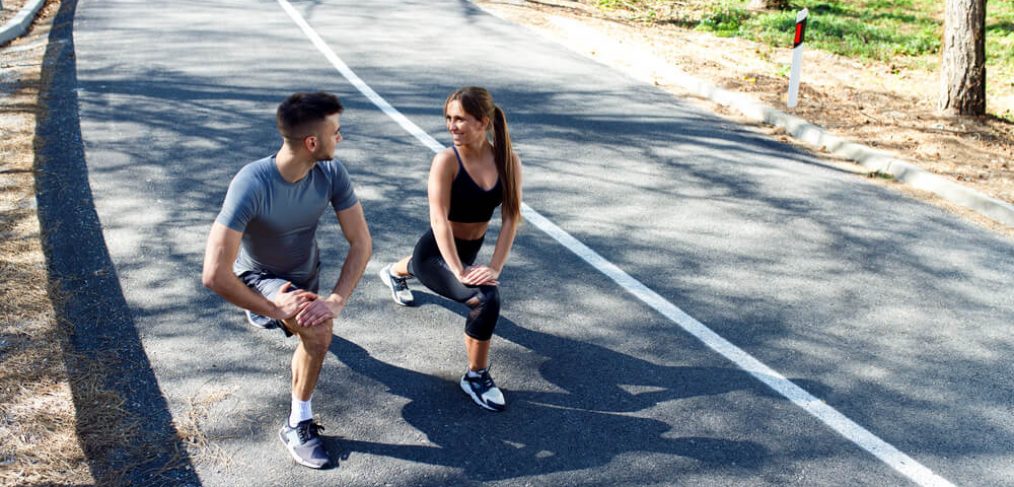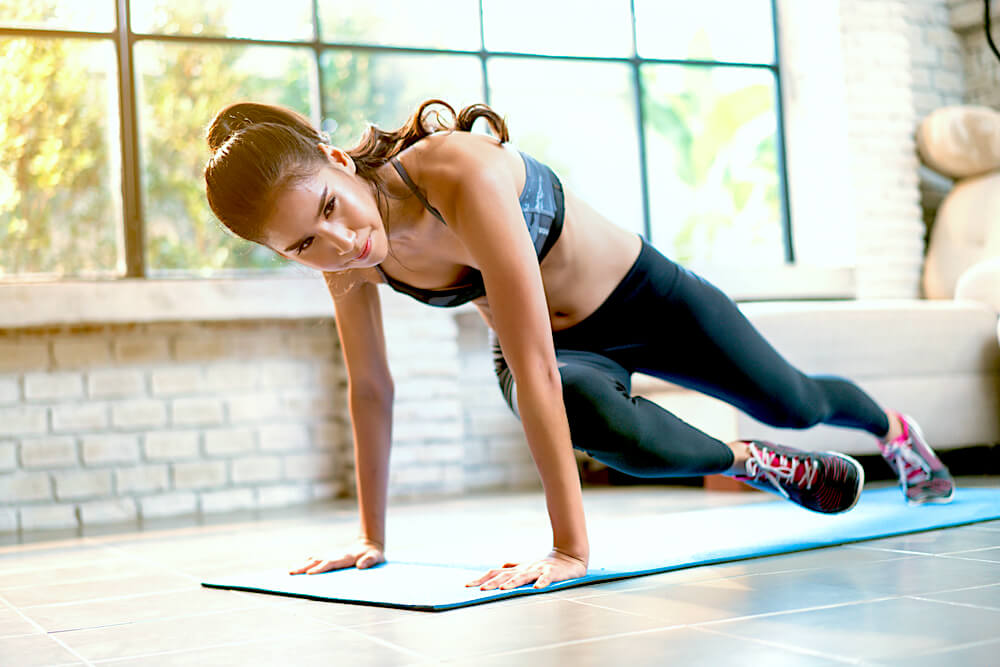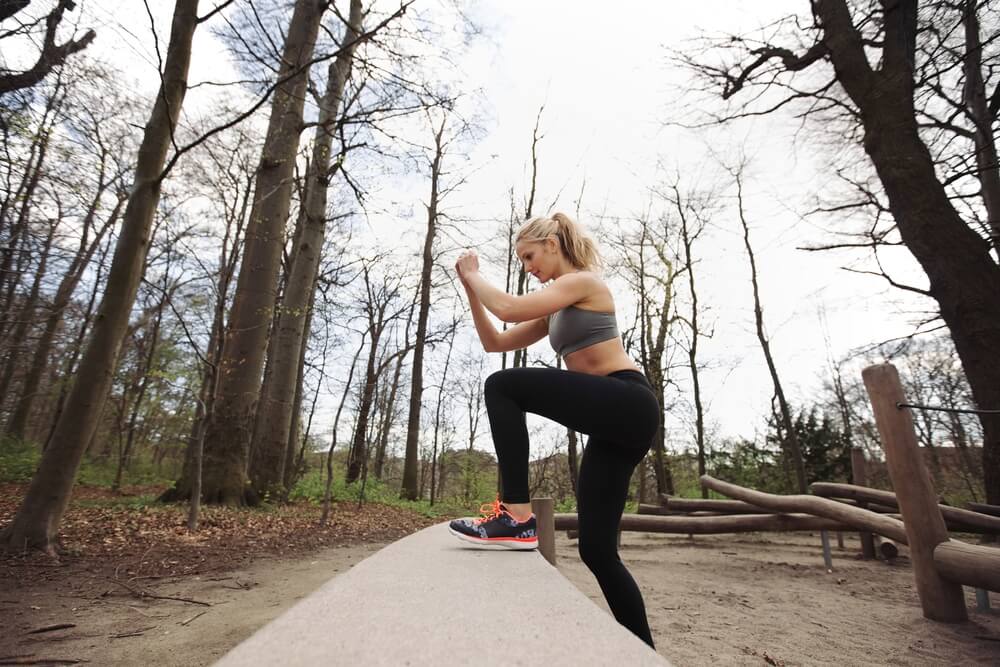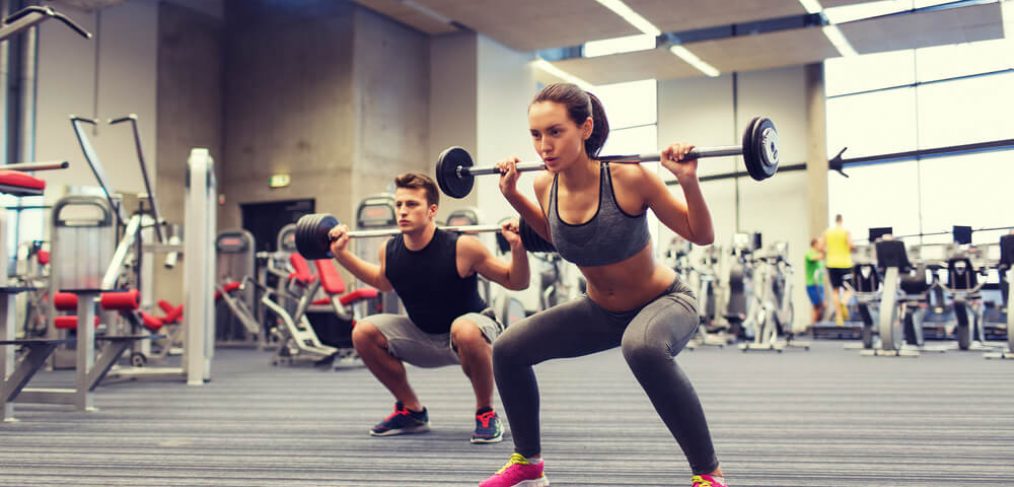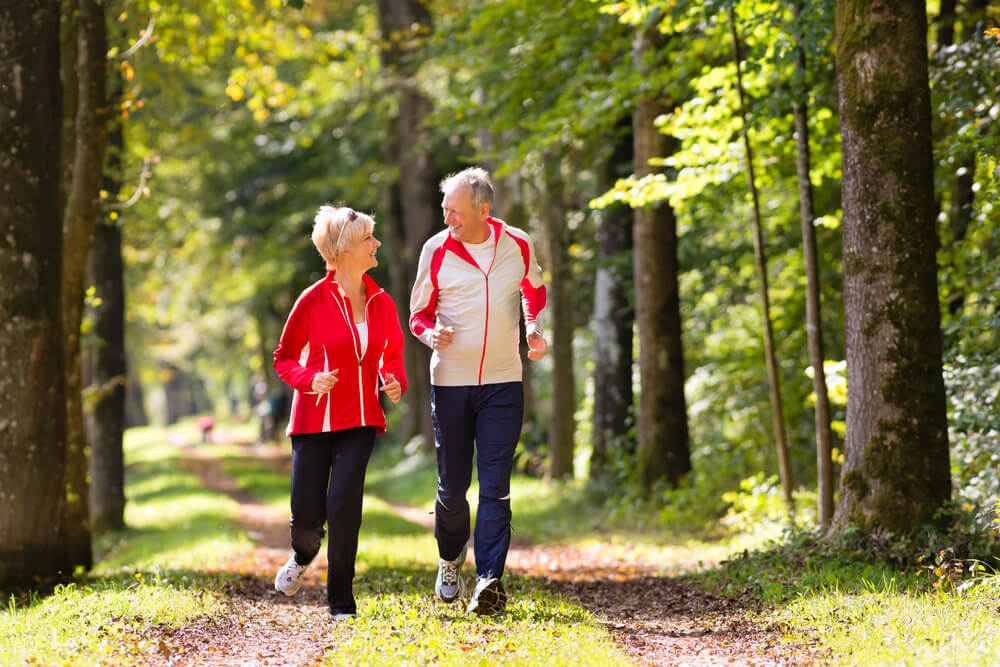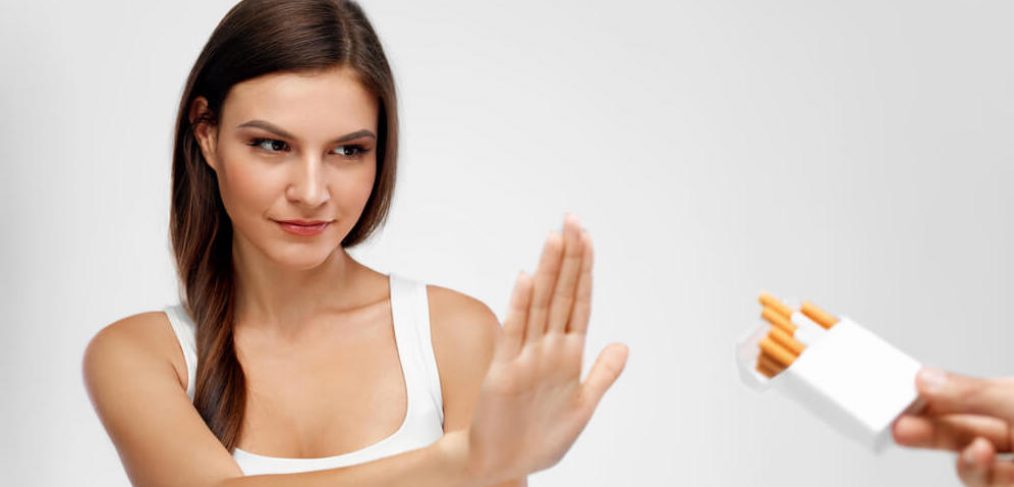These days, it seems like there’s a pill for everything. Weight lose? There’s a pill for that. Aches and pains? There are pills for those. Better health? Vitamins are pills too. There are pills that make you well, and pills that make you sick, and with the latter lies the problem. While most medications are designed to improve mental and physical well being, they often come with a long list of side effects, that can be equally, if not more, detrimental than the condition they made to treat. When it comes to combatting depression, pills can be very uplifting, but not for all parts of the body. Here is some information on some of the side effects of antidepressants, and what you might want to consider before taking them.
Antidepressants and Sexual Dysfunction
Sexual side effects are probably the leading complaint about antidepressants. Most antidepressants are members of a classification of drugs called SSRIs or selective serotonin reuptake inhibitors. These work to raise levels of serotonin in the body, causing the person taking the drug to experience less anxiety. Unfortunately, this sense of relaxation can have a calming effect on the libido as well. SSRIs prevent hormones in the body from transmitting sexual messages to our brain, dialing down sex drives in the person taking them.
Side Effects of Antidepressants
Women taking SSRIs may experience blocked orgasms, delayed lubrication, and lack of desire for sex. Men who are affected by the serotonin stimulation from antidepressants may have trouble getting and maintaining erections, and will also show a decrease in libido. Males taking antidepressants may report blocked or delayed orgasms, and some drugs, such as Celexa, can cause sperm count to drop to nearly zero.
Both men and women often experience nausea, dizziness, sluggishness, and weight gain as a result of taking antidepressants. All of these can contribute to making the idea of sex less appealing. Weight gain, in particular, can cause self-consciousness that can lead to decreased sexual desire. Sometimes, weight management or the addition of an exercise routine can give you more energy and increase sexual appetite.
Ways Of Coping
Adjust Dosage
While no serious steps should be taken without first consulting a doctor, switching to a smaller does my help to decrease your risk of side effects. However, if you decide on this course of action, you will probably need to be monitored by a professional for several weeks, to ensure that its benefits outweigh its detriments.
Timing
You may be able to solve your sexual intercourse problems by taking your medication after your daily tryst. It may make sex less spontaneous, but it is an available option.
Rethink Your Prescription
If changing the timing and dosage does not help, you may want to consider changing your brand of antidepressant. Your doctor may be able to suggest a brand less likely to affect you sexually. Men may want to try using erectile dysfunction medications to maintain erections, while women may want to try an antidepressant aid called bupropion to increase libido.
Give It A While
One of the easiest ways to solve sexual dysfunction is to let it solve itself. Sometimes it takes the body time to adjust to antidepressants. Be patient, and discuss setting a timeline with your doctor to see if the side effects work themselves out on their own before taking alternate action.
Let us know how you cope with the side effects of your medications. More medicine or less?



